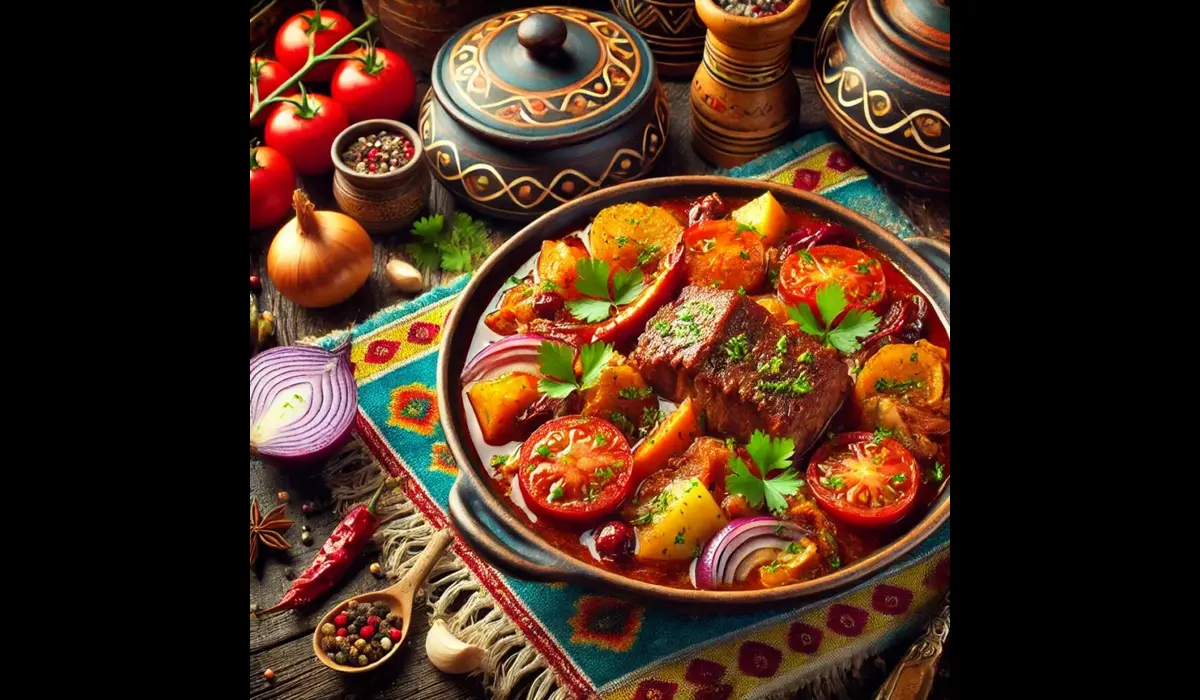Introduction
In an era where cultural heritage is increasingly valued, Käänät exploring ancient traditions provides insight into the roots of human civilization. Among these age-old practices is Kä.änät, an ancient cultural tradition whose origins lie in Northern Europe, particularly among the early Nordic and Finno-Ugric communities. This article aims to delve deep into the rich tradition of Kä.änät, its historical significance, rituals, and continued relevance in modern times. Spanning over 1500 years, Kä.änät embodies a connection between nature, community, and the spiritual realm, aspects that still resonate today.
Historical Origins of Käänät
The term Käänät stems from old Uralic dialects, combining words meaning “circle” and “spirit.” Historical records suggest that Käänät ceremonies were first practiced by early hunter-gatherer societies in Northern Europe around 1500 BCE. The early practitioners believed in a cyclical understanding of time, nature, and existence, which was reflected in the circular structure of their rituals. The Käänät tradition originally developed as a way to honor the spirits of the natural world, to ensure fertility for crops, abundance in hunting, and balance between human beings and their environment.
Over time, the practice of Käänät evolved to encompass aspects of community well-being, social bonding, and even political unity. As small nomadic groups settled into more permanent societies, Käänät took on a dual role: both as a religious ritual and as a civic practice that facilitated governance and community decision-making.
Core Rituals and Beliefs
Central to Käänät is the belief that the world is imbued with spiritual forces that govern all living and non-living things. The sun, moon, forests, rivers, animals, and even the wind were seen as living entities with distinct spirits, each requiring honor and reverence. This animistic worldview was reflected in the rituals that made up the Käänät tradition.
The Ritual Circle
The Käänät ritual typically took place in a sacred outdoor space, often in the heart of a forest or near a body of water, areas believed to be rich in spiritual energy. The ceremonial area was arranged in a large circular formation, symbolizing the cyclical nature of life and the interconnectedness of all beings. The circle was divided into four quadrants, representing the four essential elements: earth, water, fire, and air. Participants would gather in the circle, facing inward to symbolize unity, and offer gifts such as food, herbs, and carvings to the spirits of the land.
Role of the Spiritual Leaders
Käänät ceremonies were led by spiritual leaders, often referred to as Kaantari. These individuals held positions of great reverence in their communities, believed to possess the ability to communicate with the spirit world. Their role was essential in guiding the people through the ritual, interpreting signs from nature, and ensuring that the spirits were appeased.
The Kaantari played a dual role, not just as spiritual intermediaries, but also as counselors and healers. Through their connection to the spirits, they advised on matters ranging from health issues to the best time for planting crops or making alliances with neighboring tribes.
Communal Offerings and Dance
Offerings played a crucial role in Kään.ät, with each participant bringing a symbolic object, often handmade, to lay at the center of the circle. These offerings were believed to represent the personal connection of the individual to the land and its spirits. The communal act of giving helped solidify social bonds within the group, fostering a sense of collective responsibility.
Dance and music were integral to Käänät rituals as well. Using traditional instruments such as drums, flutes, and stringed instruments, participants would perform rhythmic dances, the movements symbolizing the ebb and flow of life. The music was both a celebration and a call to the spirits, blending cultural expression with religious devotion.
Seasonal Cycles and Käänät Festivals
Much like other ancient traditions, the Kää,nät calendar was tied to the seasons, with festivals corresponding to important points in the agricultural year. There were four major Käänät festivals, each linked to one of the solstices or equinoxes.
Spring Käänät (Kaamu)
Kaamu marked the beginning of the agricultural year, a time of renewal and growth. This festival focused on fertility and planting, with rituals designed to ensure a bountiful harvest. The spirits of the earth were honored with seeds, and the Kaantari would offer blessings for good weather and protection from natural disasters.
Summer Käänät (Veäl)
The summer Kää.nät, known as Veäl, celebrated the longest day of the year and the abundance of life. It was a time of feasting and celebration, honoring the sun as the bringer of warmth and life. The rituals were full of joyous dance and song, and there were often large communal feasts, where the tribe came together to share food and stories.
Autumn Käänät (Kursha)
As the harvest season approached, the Kää.nät festival of Kursha focused on giving thanks to the spirits for the fruits of the earth. This festival had a more somber tone, acknowledging the cycle of life and death. Offerings of grain, fruit, and vegetables were made to the earth spirits, and the ceremony was seen as a way to ensure that the community would survive the coming winter.
Winter Käänät (Zehnär)
The winter festival of Zehnär was a time of reflection and connection with the ancestors. Taking place during the longest night of the year, it focused on the eternal nature of the spirit and the promise of the sun’s return. Rituals involved lighting fires and candles to represent the light of the spirits guiding the people through the darkness.
Decline and Resurgence of Käänät
The arrival of organized religions such as Christianity in the Nordic and Uralic regions marked the beginning of the decline of Käänät. As these new religions spread, many of the indigenous spiritual practices were either suppressed or absorbed into the new belief systems. By the 16th century, Käänät was practiced only in remote, isolated communities, and much of its original meaning was lost.
However, the 20th and 21st centuries have seen a resurgence of interest in ancient cultural traditions worldwide, and Käänät has been no exception. With the rise of movements focusing on environmentalism, sustainability, and indigenous rights, the practice of Käänät has been revived in several areas, especially in regions where Finno-Ugric heritage remains strong.
Käänät in Modern Times
In today’s world, Käänät is experiencing a revival as people seek a deeper connection with nature and a more harmonious way of living. While the original rituals are not practiced in the same way, the underlying principles of Käänät—reverence for nature, the cyclical understanding of time, and the importance of community—resonate strongly with modern spiritual seekers.
Many contemporary practitioners of Käänät have adapted the tradition to fit modern sensibilities, focusing on ecological sustainability, mindfulness, and personal well-being. Rather than being led by a single spiritual leader, modern Käänät gatherings are often more democratic, with participants sharing equal responsibility for the rituals. Offerings to the spirits might now take the form of environmental stewardship, such as planting trees or cleaning up natural spaces.
In addition to environmentalism, Käänät also appeals to those seeking a sense of identity and heritage. In Finland, Estonia, and parts of Russia, where Finno-Ugric culture is still prevalent, there are efforts to preserve and revive Käänät as part of broader cultural initiatives. The festivals tied to the solstices and equinoxes are still observed in some rural areas, often as community gatherings focused on reconnecting with nature and celebrating cultural traditions.
Conclusion
Käänät, though rooted in ancient times, holds relevance in the contemporary world as a practice that bridges humanity’s spiritual needs with ecological and communal concerns. Its focus on the cyclical nature of life, the reverence for the natural world, and the importance of community makes it not just a tradition of the past, but a valuable framework for addressing modern challenges. As the world grapples with issues like environmental degradation and social disconnection, the revival of practices like Käänät offers a way to restore balance, both within ourselves and with the world around us. Through Käänät, we reconnect with the deep wisdom of our ancestors, a reminder that the answers to our modern dilemmas may lie in the past.










